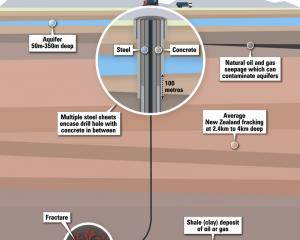A typical installation of this type has recently been placed in operation at a private country residence in Worcester.
The wind-wheel or turbine is 24ft in diameter, and is mounted on a steel tower 75ft high, and placed some 400 yards from the house.
At the foot of the tower is a small electric generator driven by the revolving wheel above, and the current is transmitted to the house by bare overhead copper wires.
The wheel runs at speeds varying from 400 to 600 revolutions per minute, and the electricity furnished by this means serves to light the house (about 100 lamps being distributed over the building), and drives a chaffcutter, a circular saw, and a root-pulping machine.
The plant is entirely automatic, and the wheel can be stopped and restarted when required with perfect ease.
Similarly, should there be an excessive wind-velocity, the special tails fitted to the wind-turbine tend to bring the wheel out of the wind.
It has been found that 14 units of electricity have been produced in 12 hours with a wind averaging 15 miles per hour; but, taking the average wind-speed in the neighbourhood where the plant has been erected at about nine miles per hour, this is sufficient to supply about 5000 units per annum.
Considering that the number of days per year when no wind prevails in these islands is so small, it is surprising that greater advantage has not been taken of this inexpensive means of securing electric energy for various purposes. - Chambers's Journal.
• The Catlins Lake used to be celebrated for its flounders, but of late years the supply has been very limited.
One of the residents ascribes the scarcity of flat fish (says the Free Press) to the depredations of black swans.
He says it is not unusual to see a flock of four or five hundred swans at low water regaling themselves on young flounders, to which they are very partial, and the quantity they are capable of consuming must be enormous.
- ODT, 20.4.1910.





